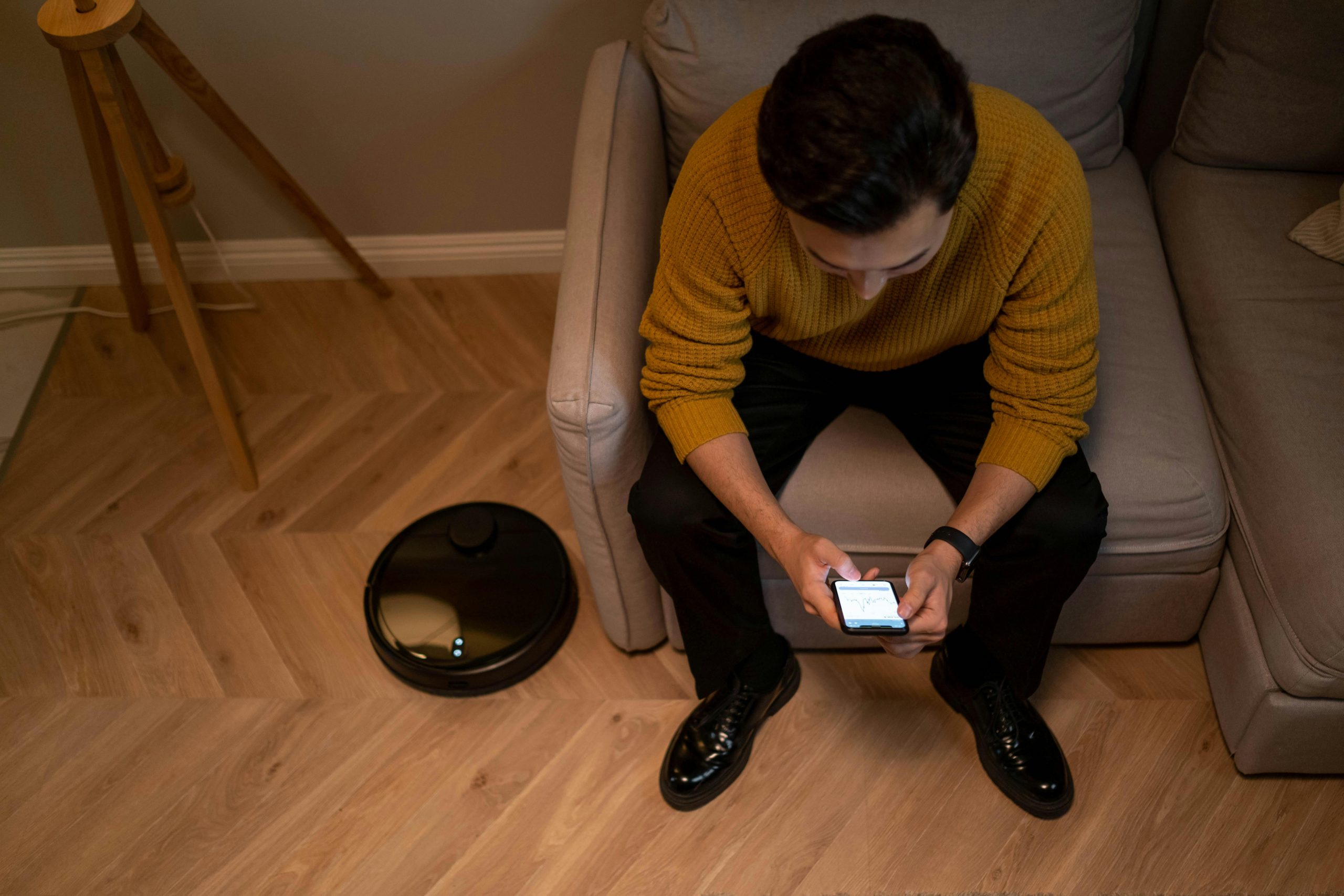Loneliness among seniors is a growing concern, with studies showing that social isolation can lead to serious health issues, including depression, cognitive decline, and even heart disease. As families become more dispersed and caregiving resources stretch thin, innovative solutions are needed to bridge the gap. Enter robotic companions—AI-powered robots designed to provide companionship, emotional support, and even practical assistance to older adults. These advanced machines are transforming lives by offering conversation, reminders, and even a sense of purpose. In this article, we explore how robotic companions are easing loneliness in seniors and enhancing their quality of life.
The Rise of Robotic Companions for Seniors
The concept of robotic companions is no longer science fiction. Advances in artificial intelligence, natural language processing, and robotics have made it possible to create machines that can interact with humans in meaningful ways. Companies like ElliQ, Paro, and Joy for All have developed robots specifically tailored for seniors, offering features like conversation, reminders for medication, and even playful interactions.
These robots are designed to be intuitive, requiring little to no technical expertise. For seniors who may struggle with smartphones or computers, robotic companions provide a simpler way to stay connected and engaged. Whether it’s a furry robotic pet that responds to touch or a humanoid robot that tells jokes and plays music, these devices are filling a critical gap in elder care.
How Robotic Companions Combat Loneliness
Loneliness isn’t just about being alone—it’s about feeling disconnected. Robotic companions address this by providing consistent interaction and emotional engagement. Here’s how they help:
- Conversation and Companionship: AI robots like ElliQ can hold conversations, ask about the senior’s day, and even share interesting facts or stories. This constant interaction helps seniors feel heard and valued.
- Emotional Support: Some robots, like the therapeutic seal Paro, respond to touch and voice, providing comfort similar to a real pet. Studies have shown that these interactions can reduce stress and anxiety.
- Routine and Structure: Many robotic companions offer reminders for medication, appointments, and daily activities, helping seniors maintain independence while reducing feelings of isolation.
By simulating human-like interactions, these robots create a sense of presence that can be incredibly comforting for seniors who live alone.
Real-World Examples of Robotic Companions
Several robotic companions have already made a significant impact in senior care. Here are a few notable examples:
ElliQ by Intuition Robotics
ElliQ is an AI-powered companion designed to proactively engage seniors in conversation, suggest activities, and even facilitate video calls with family members. Its friendly interface and ability to learn preferences make it a standout in the field.
Paro the Therapeutic Robot Seal
Paro is a robotic seal that responds to touch, sound, and light. Used in nursing homes and private residences, Paro has been shown to reduce stress and improve mood in seniors with dementia.
Joy for All Companion Pets
These lifelike robotic cats and dogs provide the comfort of a pet without the responsibilities of care. They purr, bark, and respond to affection, offering companionship without the challenges of a live animal.
The Benefits and Challenges of Robotic Companions
While robotic companions offer numerous benefits, they also come with challenges that need to be considered.
Benefits
- 24/7 Availability: Unlike human caregivers, robots are always available to provide companionship.
- Non-Judgmental Interaction: Seniors may feel more comfortable sharing thoughts with a robot than with a person.
- Cost-Effective: Over time, robotic companions can be more affordable than full-time in-home care.
Challenges
- Limited Emotional Depth: While robots can simulate conversation, they lack genuine human empathy.
- Technology Barriers: Some seniors may struggle with setup or maintenance of these devices.
- Ethical Concerns: There are debates about whether robots should replace human interaction entirely.
Despite these challenges, the potential of robotic companions to improve seniors’ lives is undeniable.
The Future of Robotic Companions in Elder Care
As technology continues to evolve, robotic companions will become even more sophisticated. Future advancements may include:
- Enhanced AI: More natural conversations and better understanding of emotional cues.
- Integration with Smart Homes: Robots that control lights, thermostats, and security systems for added convenience.
- Health Monitoring: Built-in sensors to track vital signs and alert caregivers in emergencies.
The goal is not to replace human caregivers but to supplement their efforts, ensuring seniors receive the best possible care and companionship.
Conclusion
Robotic companions represent a promising solution to the growing issue of senior loneliness. By offering conversation, emotional support, and practical assistance, these AI-powered devices are enhancing the lives of older adults in meaningful ways. While they are not a complete substitute for human interaction, they provide a valuable supplement—especially for those who live alone or have limited social connections. As technology advances, robotic companions will only become more intuitive and beneficial, paving the way for a future where no senior has to feel isolated. For families and caregivers, these innovations offer peace of mind, knowing their loved ones have a friendly presence by their side.
